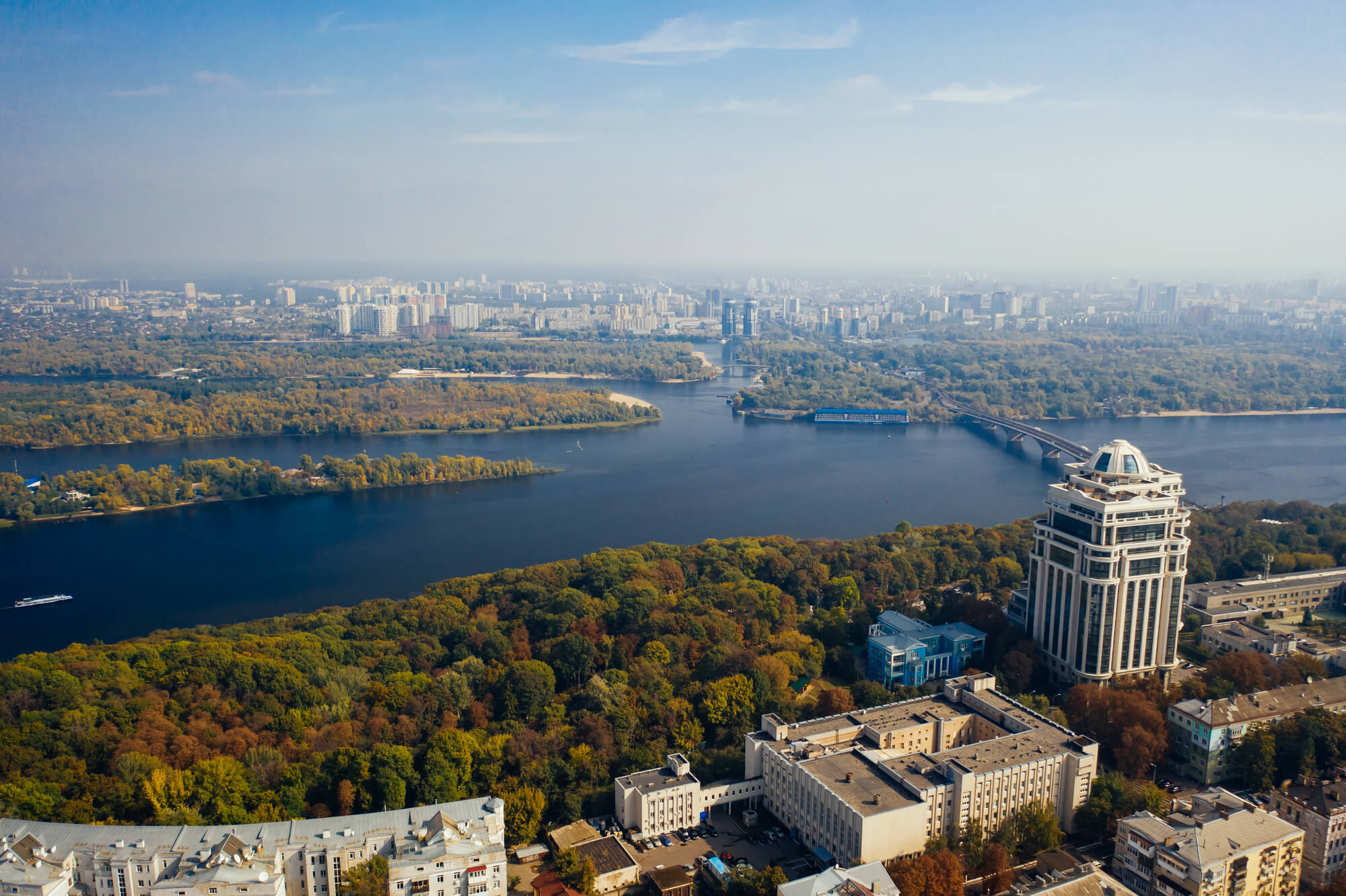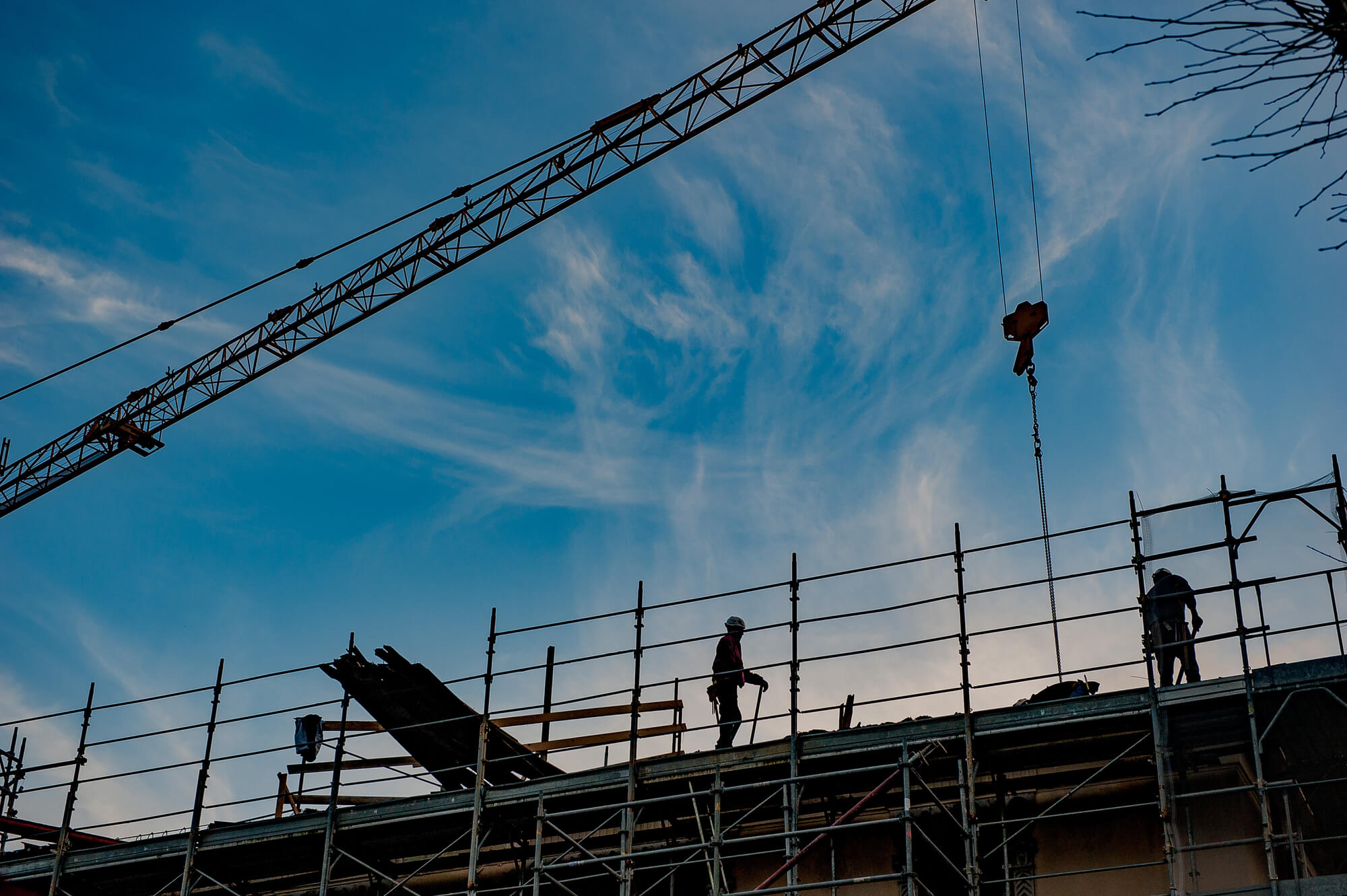The Russian full-scale invasion of Ukraine is a dark hour for humanity—massive losses of life, millions of destroyed families and homes, and enormous economic damages (see e.g. KSE 2022)—but we have to think about how Ukraine will rebuild after the war is over and what needs to be done even as the conflict continues. This is important for ensuring the survival of the country in the long run and gives hope and direction to efforts in the short run. Advanced planning and preparations now will save lives and increase chances of success. Furthermore, these steps will give hope to millions of Ukrainians that after the horrors of the war there is light at the end of the tunnel.
More articles about rebuilding:
In the first “Rapid Response Report” published by the Centre for Economic Policy Research in March 2022 , Becker et al. (2022) provided the first blueprint for the reconstruction of Ukraine. Back then, the uncertainty was extreme. How far would Russia go in destroying Ukraine? We faced Russian war crimes and open calls for genocide in Ukraine; see e.g., UN 2022. How much resistance will Ukraine put? We now know that Ukrainians are nearly unanimous in their desire and commitment to defeat Russian aggression. What aid will the world give to Ukraine? It turns out that the Western world is supporting Ukraine strongly. Finally, in a development that was once unthinkable, Ukraine is winning back territory and a victory seems increasingly conceivable. Therefore, we feel it is now time for a more comprehensive analysis of what Ukraine should become after the war and what tools policymakers can use to fulfill these goals.
To this end, a new CEPR book (Gorodnichenko, Sologoub, and Weder di Mauro, 2022) offers perspectives from leading scholars and practitioners. Each chapter of the book covers a specific sector but there is a natural overlap across the chapters because Ukraine’s reconstruction is a comprehensive transformation of the country with many elements required to work in unison. The leitmotif of this book is clear: reconstruction is not about rebuilding Ukraine to the pre-war state, it is about a deep modernization of the country. Infrastructure, technology, business environment, institutions, education, healthcare and other critical elements of the economy and society will have to undergo reforms to help Ukraine escape the post-Soviet legacy and become a full-fledged democracy with a modern economy, strong institutions, and powerful defense sector. As a part of this ambiguous agenda, Ukraine will become a full member of the European Union and NATO. To be clear, there should be no shortcuts – all the requirements to prospective members of these organizations, especially concerning democracy, robust institutions and low corruption should be met. The book repeatedly emphasizes that allies’ aid will be absolutely essential but, to make the reconstruction a true success story, Ukraine’s future should be decided by the Ukrainian people. In other words, Ukrainians should own this process.
Consistent with these objectives, the baseline scenario for this book is given by: The territorial integrity of Ukraine is restored, Ukraine has credible security guarantees, Ukraine is on a path to join the European Union. Obviously, there is significant uncertainty in the outlook and the ranges of outcomes are wide. For example, the war can result in the fragmentation of the Russian empire (Kuzio 2022) or Russia turning into another “North Korea”. We assume that the state(s) on the eastern border of Ukraine will remain hostile to Ukraine and the situation may be similar to current Israel or South Korea security-wise.
Because the chapters of this new CEPR book provide details for what this transformation will mean for specific sectors, we focus here on outlining the principles as well as a few tactical elements of this process.
As stated above, the ultimate goal of Ukraine’s transformation is a full EU and NATO membership. What does this imply? First of all, a full-fledged democracy. This is a foundation for all subsequent efforts and reforms. This principle – supported almost unanimously by Ukrainians, see National Democratic Institute (2022) – implies continuation of empowering citizen and communities. In practical terms, this means more decentralization, more competitive political environment, more independent media, etc.
Second, robust institutions and low levels of corruption are central for the long-term success of Ukraine. Previous accessions to the EU provide a natural template for the many steps necessary to achieve this goal. However, the reconstruction of Ukraine offers unique opportunities to accelerate the transition from post-Soviet legacy to a modern democracy. For example, a reconstruction agency can be the role model for good governance as well as a source of expertise and cadres for the Ukrainian public sector. Aligning the Ukrainian law with the EU’s will increase transparency and reduce corruption. Obviously, Ukraine’s progress should be measured not only in how laws are passed but also on how these laws are implemented and enforced.
There are a number of reasons to be optimistic that Ukraine will succeed in reforming its institutions irreversibly. Accession to the EU is a powerful stimulus to push through difficult tradeoffs and vested interests. The “rally around the flag” moment is strong and will likely persist. For example, the war increased the share of people who support Ukraine’s independence (now it’s almost 100%) and reduced the number of people who speak Russian in their everyday lives – from 26% in December 2021 to 13% in August 2022. The Russian fifth column in Ukraine effectively disbanded and the Russian threat is likely to remain a consolidating factor. Millions of veterans and volunteers can inject fresh blood into Ukraine’s political life thus helping to abandon previous corrupt practices.
Third, a strong economy is critical not only for “proving” that democracy can provide superior standards of living but also for supporting a large defense budget. Institutional reforms discussed above will be the prerequisite for economic development but policies promoting international trade and foreign direct investment, favourable business environment and inclusive, resilient financial system (see the chapter on the financial sector) will also be needed. For example, insurance against military risks (similar in spirit to MIGA) will be essential for overcoming security concerns that domestic and foreign investors may have.
The chapters on the energy sector, infrastructure, and urban development discuss how Ukraine can construct a durable backbone for this new, modern economy. For example, development of renewables and introduction of energy efficient technologies (especially in residential buildings) can not only improve the environment but also reduce the dependance of Ukraine on Russia or any other supplier of energy. Building back better is the leitmotif of reconstruction in these sectors.
Because human capital is a key asset for any modern economy, Ukraine will need to continue reforming its education system to prioritize quality, develop skills and competencies rather than provide degrees, and compensate for lost years of schooling. Education system should become a part of a larger effort on labour reskilling. To integrate into modern production chains and develop technological competitiveness, Ukraine will have to rethink the organization and the structure of its science sector so that it really becomes a source of new technologies for defense and businesses as well as data-based policies for the government. Ukraine will also need to reform its healthcare sector to not only improve the quality of life for millions of people but also create a stronger stimulus for investing in human capital.
The chapters emphasize that Ukraine will have to go through a massive reallocation of resources. For example, the infrastructure (especially, railways) will need to be adjusted to accommodate the redirection of flows of goods and people towards the EU and away from Russia. The economic life in urban centers will likely shift towards cities closer to the EU. Mismatch in the labor market entails large flows of workers across space, occupations, and skills. To facilitate and accelerate this adjustment, Ukraine will need to liberalize economic activity further and remain open to the rest of the world. Indeed, the nascent trend to nearshoring/reshoring/friendshoring gives Ukraine an opportunity to integrate into EU’s value chains. To fully utilize this opportunity, Ukraine (and the EU) should reduce tariff and non-tariff barriers and streamline cross-border flows of resources and ideas. In a similar spirit, a society open to immigration can help address problems with shortages of labor.
Fourth, a strong defense sector will be needed to protect Ukraine from possible Russian attacks. Recall that the security risk is likely the main impediment for Ukraine’s development and, ultimately, only Ukraine can defend itself from future aggression.
Concluding remarks
The reconstruction will be a monumental endeavor. No single book–including this book that has fifteen chapters on a broad range of issues and sectors–can offer an exhaustive account for every sphere and policy necessary for success. Obviously, there are many possible paths for reconstruction. Importantly, the Ukrainian government with the participation of the Ukrainian people should decide which way Ukraine will go. While deliberating future policies, the Ukrainian people and their allies should appreciate the scale of damages, pre-war challenges, objectives, and tools necessary to achieve these objectives. Hopefully, this book will be instrumental in making an informed decision about the structure, pace, goals, and funding for Ukraine’s reconstruction.
This column was first published at VoxEU
Attention
The authors do not work for, consult to, own shares in or receive funding from any company or organization that would benefit from this article, and have no relevant affiliations





